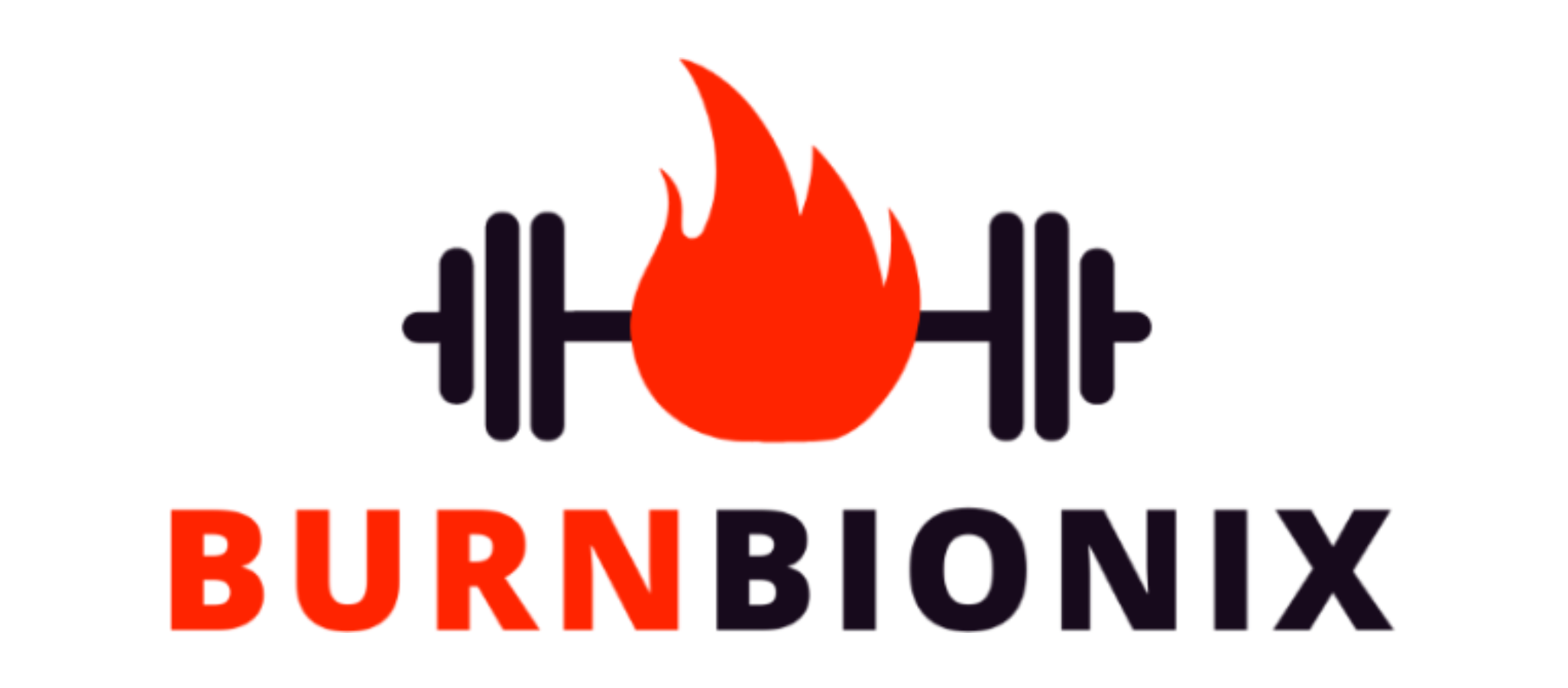The benefits of sweating go way beyond just cooling our bodies down. For fitness buffs, sweating during exercise provides major perks that can enhance workouts and overall health. When we sweat, our bodies unlock powerful cleansing, cooling, and circulatory benefits. Sweating is essential for regulating core body temperature, flushing heat and toxins from our system.
It also improves blood flow to working muscles and organs by dilating blood vessels. The process even allows us to cleanse bacteria from pores! While sweaty gym sessions aren’t glamorous, perspiration is crucial for optimizing workouts. In this article, we’ll break down the science behind sweating and highlight the many benefits it offers for our health and fitness goals. Getting a good sweat on is well worth it!
Understanding the Sweating Process
Sweating is an essential bodily process that helps regulate our core temperature when we get too hot. See, our average body temp hovers around 37°C (98.6°F). But during exercise, metabolism and muscle movements generate excess internal heat. If this builds up too much, it can lead to dangerous overheating. Luckily, our sweat glands kick into gear to maintain a safe temp.
These glands release fluid (a.k.a. sweat) onto the surface of our skin. As this sweat evaporates, it pulls heat away from our bodies. This cooling effect helps keep our core temp within a safe range. Pretty neat, huh?
Sweat contains mostly water, comprising about 99% of it. But it also contains trace amounts of electrolytes like sodium, chloride, potassium, calcium and magnesium. These minerals get excreted along with fluid. While sweat is mostly odorless, bacteria on our skin can break down components and cause stinky B.O.! But don’t stress about a little sweat—it’s all part of the body’s clever cooling method.
The Benefits of Sweating
Sweating offers some awesome health and fitness benefits beyond just cooling. Let’s break down the major perks:
Cooling
As we learned earlier, the main function of sweating is temperature regulation. During exercise, increased heat production can drive body temperature up. Sweating allows the body to maintain homeostasis by releasing heat and fluid. As sweat evaporates from the skin surface, it pulls thermal energy away from the body. This cooling effect counteracts rising internal temperatures. Sweating allows us to exercise harder and longer without risk of overheating organ damage or exhaustion. Pretty cool, right?
Improved Blood Flow
Sweating also improves blood flow to working muscles and organs. The body dilates blood vessels close to the skin during active sweating. This increases blood flow to the skin to maximize heat dissipation. But it also benefits circulation overall. The increased blood volume enhances delivery of oxygen and nutrients to working muscles. It allows the heart and lungs to function more efficiently as well. Better circulation allows muscles to work harder and longer before fatigue sets in.
Detoxification
Sweat is major route for releasing toxins like BPA, phthalates, and heavy metals like mercury, arsenic, lead, and cadmium. These harmful substances are fat-soluble so they accumulate in our tissues. Sweating provides a pathway for excretion. Researchers find toxins like BPA in higher concentrations in sweat compared to blood plasma. Sweating during exercise mobilizes these toxins so they can be eliminated through perspiration. This cleansing effect supports overall health and immunity.
Bacterial Cleansing
Did you know sweat contains antimicrobial compounds? Dermcidin proteins in sweat bind to bacteria on skin’s surface. This disrupts membranes and destroys microbes like E. coli and S. aureus. The bacterial cleansing minimizes body odor from microbial breakdown of sweat components. But dermcidin also protects skin’s barrier and prevents infection. So sweating literally flushes harmful microbes from pores and the surface of skin. Pretty awesome natural cleansing mechanism!
Sweating and Exercise: A Measure of Intensity or Fitness?
You may notice some people sweat way more during exercise. Does this mean they’re more fit or working harder? Not necessarily! Sweat rate depends on many factors beyond fitness level.
People who sweat more may be able to exercise at higher intensities before overheating. Their bodies can more efficiently shed heat, allowing muscles to work harder. But the opposite is true too – poor fitness can cause easier sweating.
Genetics, gender, age, environment, hydration status, and sweat gland adaptation can all impact sweat production. Women often sweat less than men due to body composition. Untrained people may sweat sooner at lower intensities than athletically-conditioned folks. Those adapted to heat sweat more efficiently.
So don’t compare your sweat to other gym-goers. Focus on your own effort level, heart rate response, and how you feel during the workout. Reaching a comfortable sweat is great, but it isn’t the perfect marker of exercise intensity or progress. Work at your own pace and let your sweat flow when your body needs cooling!
Final Thoughts: Making Sweating Work for You
Sweating during exercise unlocks some powerful benefits – from cooling your core to enhancing circulation and detoxing. While everyone perspires differently, aim for a comfortably-challenging effort that gets you sweating. Monitoring your heart rate and perceived exertion helps find the sweet spot. Stay hydrated before, during and after workouts to aid sweating.
Consider adding electrolytes if you sweat heavily over long durations. Don’t forget to shower after getting your sweat on to wash away odor-causing bacteria. Working up a good sweat can optimize your workouts and overall health. So next time your clothes get drenched at the gym, remember it’s a sign your body is working efficiently to support your fitness goals!









